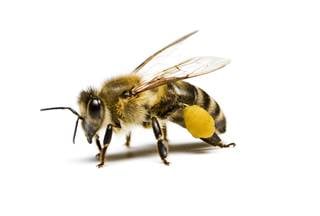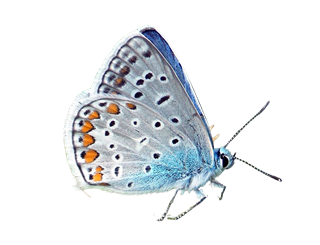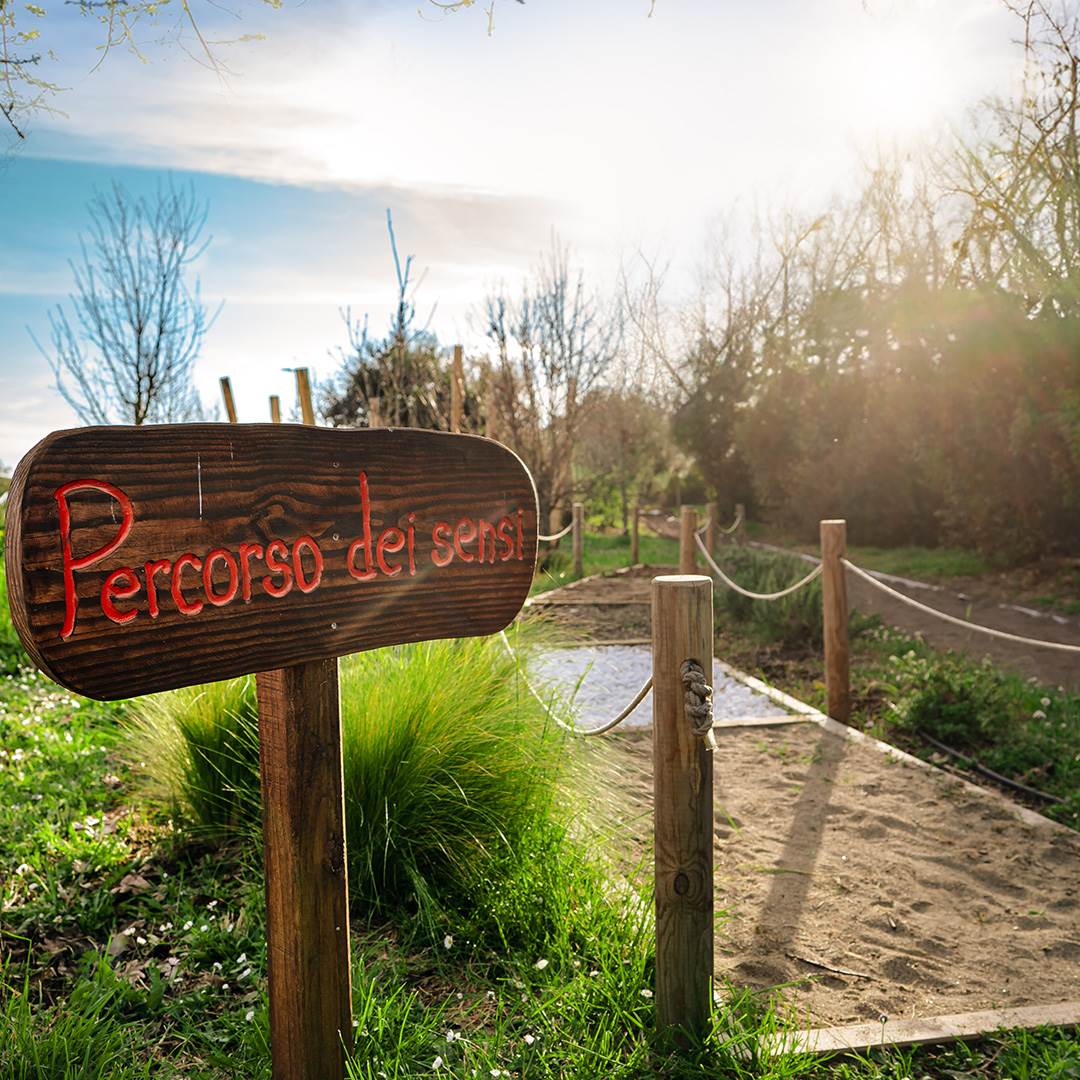Discover the fauna of the Castel Romano WWF Affiliated Oasis: from blackbirds to green woodpeckers, from martens to Eurasian jays and fabulous butterflies of all types, you’ll see and hear a wide variety of birds and small mammals.



THE FAUNA
Discover the fauna of the Castel Romano WWF Affiliated Oasis: from blackbirds to green woodpeckers, from martens to Eurasian jays and fabulous butterflies of all types, you’ll see and hear a wide variety of birds and small mammals.
Multiple interventions have been carried out at the Oasis to encourage the presence of insect pollinators. The honey-plant labyrinth covers an impressive 2,000 m2 of land with plants which attract numerous adult butterflies and moths, about 30 or so different species of lepidoptera. In particular, lesser-known moths with camouflage colouring (at times drawn to the light of the street lamps), though daytime butterflies are also attracted to some of the plants here. Verbena officinalis provides the best nectar for the hummingbird hawk-moth (Macroglossum stellatarum), though common brimstone (Gonepteryx rhamni) and the smallest of Italian painted lady butterflies, the comma (Polygonia c-album), will stop for a meal too. Even the marigolds (Calendula officinalis) are a favourite among painted ladies: you may be surprised by the small tortoiseshell (Aglais urticae) and the peacock butterfly (Aglais urticae and Aglais io).
Of all the safeguarded spaces which have been designed to increase the presence of pollinators, the Apiary holds a special place. This clearly marked and protected area can be observed safely from the outside, as inside it is home to a few beehives (Apis mellifera). Here, depending on the season, bees travel up to a few kilometres to reach areas where they can collect nectar and pollen. The experience is enriched by workshops which go into detail about the complex world of these animals, who hold first place for their efficiency in the pollination process.
In the forest path, you might see and hear birds such as common blackbirds (Turdus merula), european green woodpeckers (Picus viridis), great spotted woodpeckers (Dendrocopos major), or even eurasian jays (Garrulus glandarius). Small mammals like hedgehogs (Erinaceus europaeus), european pine martens (Martes martes), and beech martens (Martes foina) find shelter in this evergreen forest, as do crested porcupines (Hystrix cristata) and foxes (Vulpes vulpes), who create dens in tree roots. The trail includes a section that's slightly more difficult, for more experienced hikers, but full immersion in nature is guaranteed.
Mehr lesen





